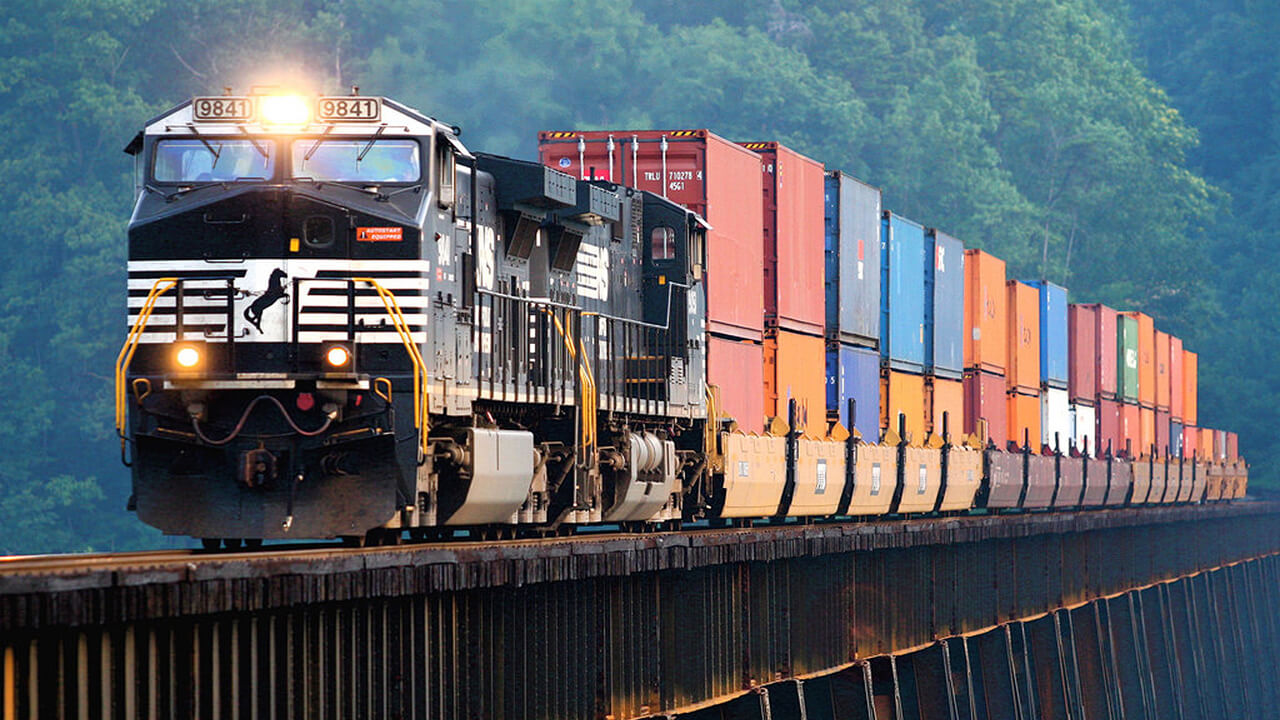
Many business owners import/export goods don’t even know that rail freight can be a very practical shipping method. The simple truth is that most of them are focused either on air freight or sea freight shipping, not even considering rail freight as an option.
But, we believe that they should be considering rail freight as a viable shipping method for their goods. To that end, we’ve made our list of the top seven facts about rail freight shipping.
Here we go.
1. Faster than ocean freight
On average, rail freight time is between 15 and 20 days. That makes it faster than sea freight, which can take more than a month. There is even a freight train running to London. Currently, freight trains connecting China with Europe cover over 12,200 kilometers. The first stop is in Yiwu China, whereas the last one is in London, UK.
To get a better sense of all rail freight, here are some of the average transition times:
- China – Hamburg: ~ 14 days
- China -Warsaw: ~ 12 days
- China – Moscow: ~ 12 days
- China – London: ~ 16 to 18 days
2. Cheaper than air freight
Compared to air freight, shipping by rail is 50% cheaper. Plus, rail freight customs clearance is available 24/7, which is quite convenient as well. Add to that the door-to-door service and distribution network that is available both in China and Europe, and suddenly shipping by train seems like a pretty attractive option.
3. Reduced Emissions
CO2 emissions and pollution is a big issue that is part of a bigger problem – climate change. Rail freight is far from perfect in that regard. However, compared to air freight, it emits way less CO2. Sea freight remains the champion in this category as it emits far fewer carbon emissions. That’s because most ships sail at low speeds, which means they use less fuel. So, less fuel consumption means fewer CO2 in the atmosphere. Hence sea freight is the greenest option.
4. Containers of all Types
The China Europe railway allows containers of various types, not just the normal dry container. For example, companies can use containers such as the open-top and the reefer container. These containers are not different from sea containers in terms of max payload, capacity, and dimensions.
5. Safe and Stable Transport
Once loaded, the containers are sealed and are not opened until they arrive at their destination. A freight train can carry up to 100 TEUs. All of the containers come with their GPS tracking system and alarms.
All in all
Rail freight is one of the most convenient shipping methods that offers many benefits and has only a few downsides. Lately, it has been very popular with multinational companies such as “Brand Avenue” that takes every advantage of rail freight shipping.
According to many logistics experts, this method of shipping is bound for growth. Many predict that as soon as Europe’s economy starts recovering from the pandemic induced recession, rail freight transport will become even more critical and popular.




